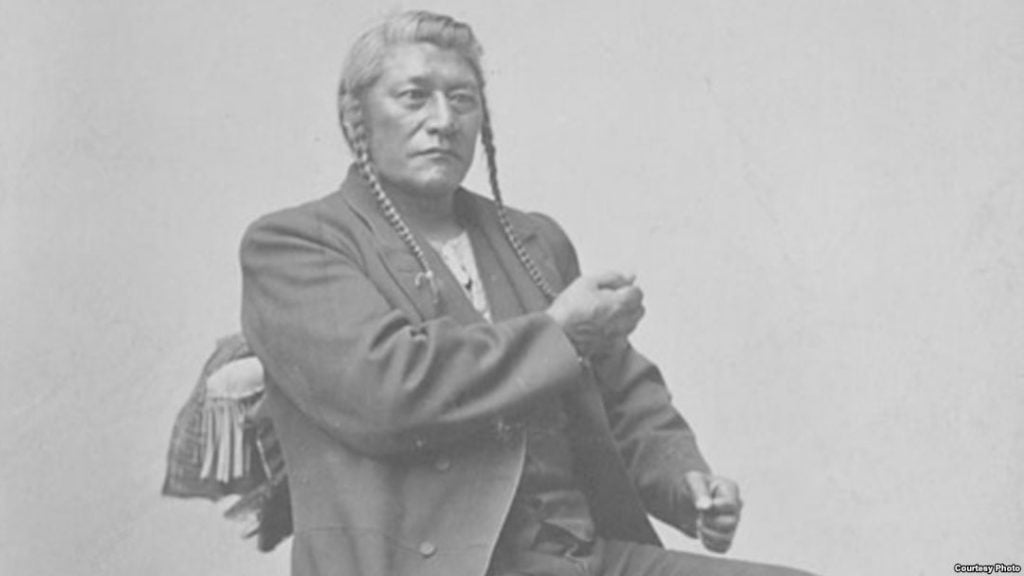Plains Indian Sign Language
Linguists work hard to try to save many languages from extinction, and one that has come close to that point is Plains Indian Sign Language or PISL. This was once one of the most widespread languages in the Americas, and its history predates most European variations of sign language. Today, less than 100 people are believed to know it fluently. How did this happen?
The Spread of PISL
PISL’s origins are unknown since no written records exist in the pre-contact days. Some experts claim that signing started in Mexico, where there were many different nations with different languages of their own. Signing was an easy way to facilitate trade and spread information. Signing could also be used when making war or peace.
The earliest recorded instance of PISL’s use was in 1527 by Spanish explorer Álvar Núñez Cabeza de Vaca during his journey through what’s now Texas. A more detailed description was made by Francisco Coronado 14 years later. He said that the Comanche could be understood without the need for someone to interpret their words into Spanish. This shows that, even in the 16th Century, PISL was quite commonplace among the nations of what would become the Southwestern United States. By contrast, the first true European sign languages don’t appear until 1620.
By 1620, with the spread of the horse from Mexico northwards, the Plains Sign Language had spread to over 30 different nations from the Rio Grande all the way to the modern Northwest Territories in Canada. Once it reached the Crow Nation in the modern Northwest United States, they spread it around and supplanted the Plateau Sign Language that was prevalent in what’s now Wyoming, Idaho and Montana.
It even spread eastward to the northern shores of Lake Michigan, but it didn’t spread much further east than that in the US. In Canada, however, it spread as far east as Labrador. In all, over 2/3 of all of North America’s indigenous peoples had a universal sign language that allowed then to communicate, and it was a language that had not yet been considered by Europeans.
The Decline of PISL
As time went by and White settlement expanded westward, the number of PISL users started to drop. As late as 1885, there were still roughly 110,000 people in the United States that could speak the language. However, the rise of native boarding schools and the severe damage they caused to native languages and cultures effectively decimated PISL. By the 1960s, the number was down to under 1,000 people. Today, it’s only used by a handful of deaf people on some reservations.
There are, however, attempts to revive the language. Reservation schools and colleges in the West and the Great Plains now have PISL language courses, and these courses are growing in popularity and awareness. The process to revive this endangered treasure of America’s past will be slow, but the evidence shows that PISL can become a widely-used language among Native Americans once again.
